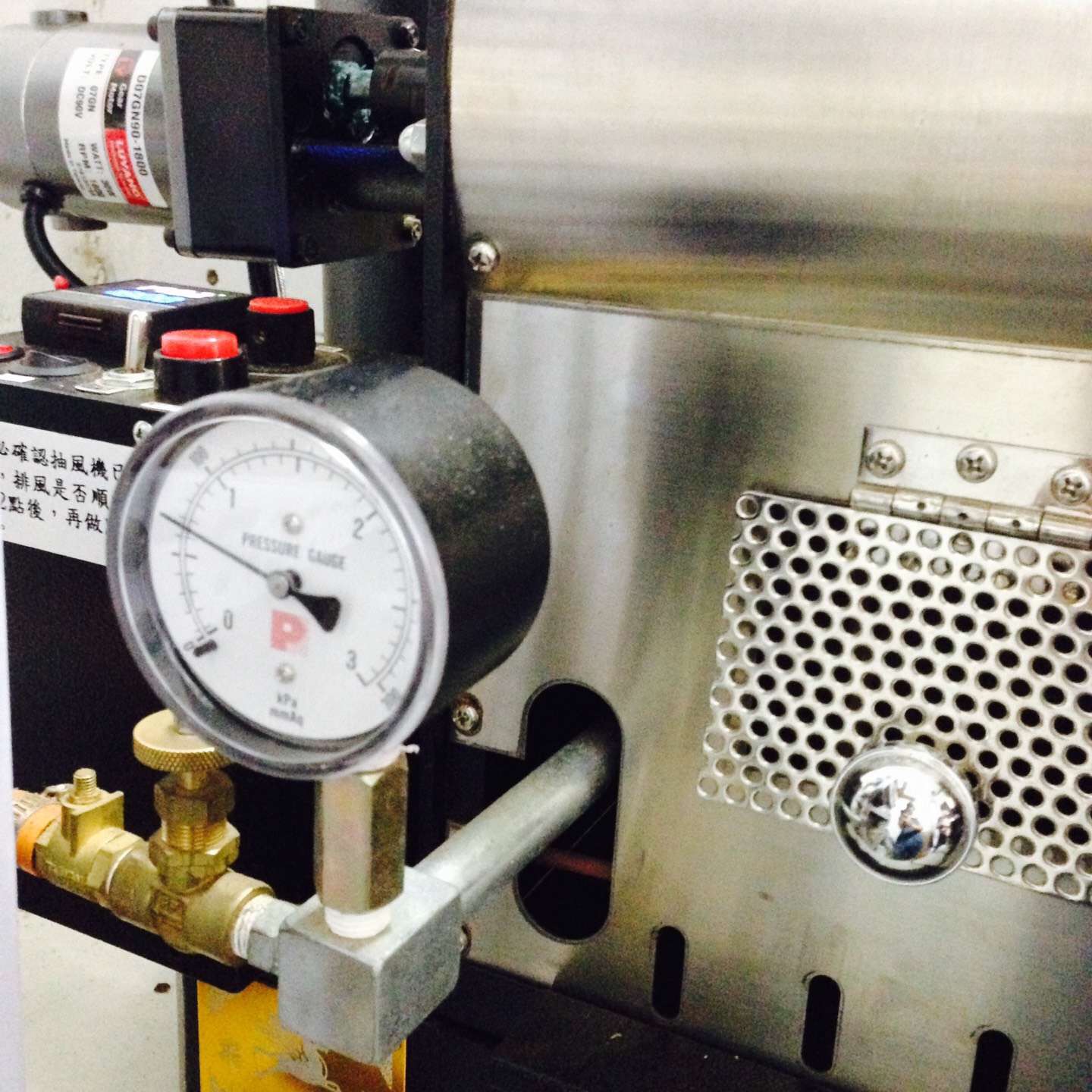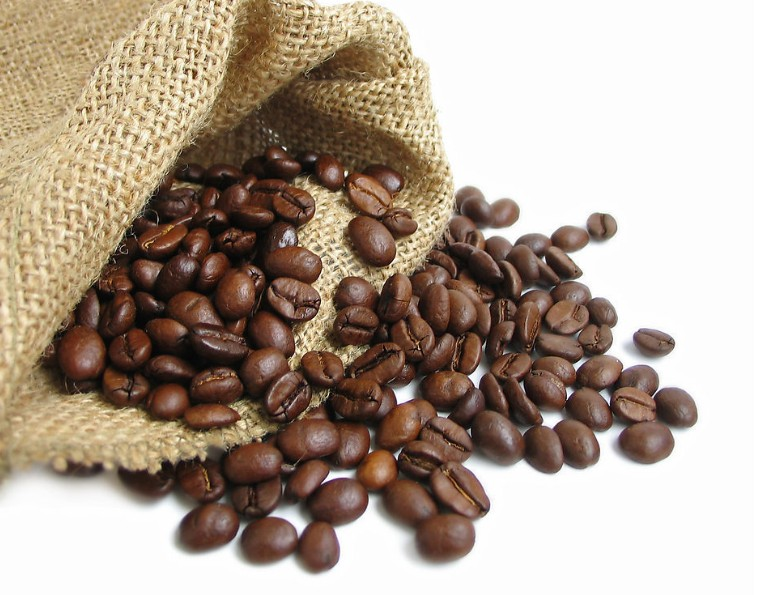History of Chemex coffee pot and guidance of extraction and operation sequence
I first saw the Chemex pot in December 2002, in an art museum rather than a cafe. At that time, the Chemex pot was part of an exhibition at the San Diego Museum of Art, which focused on American art from the 1940 to 1960 Atomic Age. After the exhibition, I bought one myself to try to make coffee. I think about it for more than a decade.
Chemex coffee pots have been popular since the beginning of the 21st century. Many cafes have Chemex pots. Some people use them for decoration, but more and more people use them to make coffee.
The coffee extracted from Chemex pot is made by pouring water, which is very similar to drip coffee in taste and production. The filter paper it uses is 20% more thick and 30% thicker than that used in other coffee utensils, such as Hario's hand brewers, so that the extraction will be slower, the flavor will be more intense, and there will be no coffee grounds.
History of Chemex
Peter J.Schlumbohm, an American chemist (born in Germany from 1896 to 1962), invented the Chemex trickle filter in 1941 and was marketed by Chemex in 1942, when 64% of households still used filters to make coffee. Mark Pendgrast's book, the History of Coffee and the unknown, writes a famous quote about the popularity of Chemex:
It never questioned the filter, except between intellectuals and purists.
Grinding and powder quantity
For the suggestion of Chemex grinder: only use conventional or automatic bean grinder, normally the powder should be thicker than other dripping pots, some online tutorials say it is the same thickness as trickling pots, others say it is the same as French pots. A better suggestion is to combine these claims: if the coffee is extracted too fast and tastes weak, you should grind it finer; on the contrary, if the coffee powder clogs the filter paper, you should grind it thicker.
Preparing an electronic scale can help you keep the same amount of powder every time. To maintain the 17:1 ratio, 510g of water will be needed for every 30g of coffee powder. When you have a good grasp of the ratio of powder to water, you can pay more attention to grinding powder.
Detailed steps of Chemex coffee maker
In the example, we will extract 17 ounces of coffee. If you want to extract more, you just need to do the math yourself.
# 1. Heating purified water
You need not only 510g of hot water to extract coffee, but also some more to wash filter paper and coffee pots.
# 2. Grind coffee powder
When grinding 30g coffee powder, what is the best grinding degree? At first it is thicker than the dripping pot but a little thinner than the French kettle.
# 3. Put in the filter paper
Fold the square filter paper and put it into the Chemex kettle. The side with three corners should be placed on the side of the spout used for filling water.
Once the water is hot, rinse the filter paper and pour the water out of the pot to preheat the coffee pot.
# 4. Add coffee powder
Pour coffee powder into the filter paper.
# 5. Water injection
Once the water starts to boil, take it to one side and cool for 20-30 seconds.
The first injection of water is very important, do not pour too much water, just enough to soak the coffee powder, so that the coffee powder can expand, this step is to let the coffee powder and water blend. Soak the coffee powder and wait 20-40 seconds to release carbon dioxide from the coffee powder.
# 6. Stir (optional)
At this point, you can stir it gently with a wooden spoon.
# 7. Continue water injection
Continue to inject hot water slowly, so that the water is not too full, at least 1 inch from the top. When the required amount of coffee is extracted, stop filling. Measure with an electronic scale to prevent too much water from being injected.
# 8. Enjoy
When the current is over, get the filter paper and start to enjoy it.
After extraction
Like making other hand-brewed coffee, keeping the coffee in the pot warm is what you have to do. In addition to quickly covering the rest of the coffee, there are two tips:
First, pour the rest of the coffee into a thermos cup.
The second is to form the good habit of drinking as much as you can.
We first suggested putting the coffee on the wire mesh stove, which may be a bad idea, because heating the coffee after extraction is bad for the original flavor. A thermos cup is enough and will not affect the flavor!
Reusable filter
In addition to commonly used filter paper, you can also buy reusable filters for Chemex. Some people have a strong preference for filter paper and metal filters. I like both. Filter paper is more convenient for cleaning, but with a reusable filter, you don't have to go crazy when you wake up to find that the filter paper has run out!
Of course, there is also a special filter cotton cloth for Chemex, which is worth a try if you don't mind cleaning each time.
Cleaning
In the History of Coffee and the unknown Dark Curtain, Mark Pendrarest mentioned that Chemex is difficult to clean. I object to this point, it is a glass bottle, it is easy to rinse with hot water and detergent, or even just hot water. If you need extra cleaning, untie the knot and remove the handle from the neck of the pot.
Another way to wash is to put salt and ice in the Chemex pot, stir with a spoon, rinse and dry for next use. Thanks to Conduit Coffee Jesse for this idea.
Post-editor words
Can Chemex extract good coffee? Yes, it's a good choice for most people to make coffee by hand. Combined with an electric kettle and an electronic meter, the Chemex is indeed a perfect coffee brewer.
There are four extraction models for Chemex pots: 3 cups, 6 cups, 8 cups, 10 cups, 3 cups use a different size of filter paper and cannot use a stainless steel filter.
Source: coffee room
Important Notice :
前街咖啡 FrontStreet Coffee has moved to new addredd:
FrontStreet Coffee Address: 315,Donghua East Road,GuangZhou
Tel:020 38364473
- Prev

The roasting of coffee has a great influence on the quality of coffee. The normal roasting procedure of coffee beans
Coffee roasting is the coking of raw coffee beans at high temperature. Roasting completely changes the substances inside the raw beans to produce new compounds, which are recombined to form aroma and mellow flavor. And this effect will only happen at high temperature, if you only use low temperature, it will not cause decomposition, no matter how long the coffee beans are not cooked. Most people think that baking is nothing, just using firefighters.
- Next

What are the three main factors that determine a good cup of coffee?
The raw bean quality of coffee, the roasting quality of coffee and the brewing quality of coffee are three main factors. So if you want to drink a good cup of coffee, you can't just focus on how to brew the coffee, cook it for a few seconds, stir it a few times, and be able to master the raw bean characteristics of the coffee, the roasting quality / characteristics of the coffee, and the duration of the coffee after baking. Baking quality of coffee beans: a. Roaster performance: stable
Related
- What is the meaning of lactic acid fermentation with coffee bean treatment?
- How to judge the state of foam by sound?
- How does the latte pull out the unicorn pattern? Come to get for a little trick to improve the flower pull!
- Will flower pulling affect the taste of the latte?
- Do you know the history of coffee?
- The difference between honey treatment and sun washing what is raisin honey treatment?
- What kind of milk can a novice use to make coffee foam to keep the foam longer? The correct method and skills of milking tutorial sharing
- Why do washed coffee beans taste sour? Flavor characteristics of washed Coffee
- Introduction to the skill of how to practice the size and height of water injection around the circle of hand-brewed coffee
- How do beginners practice coffee flower drawing from scratch?

